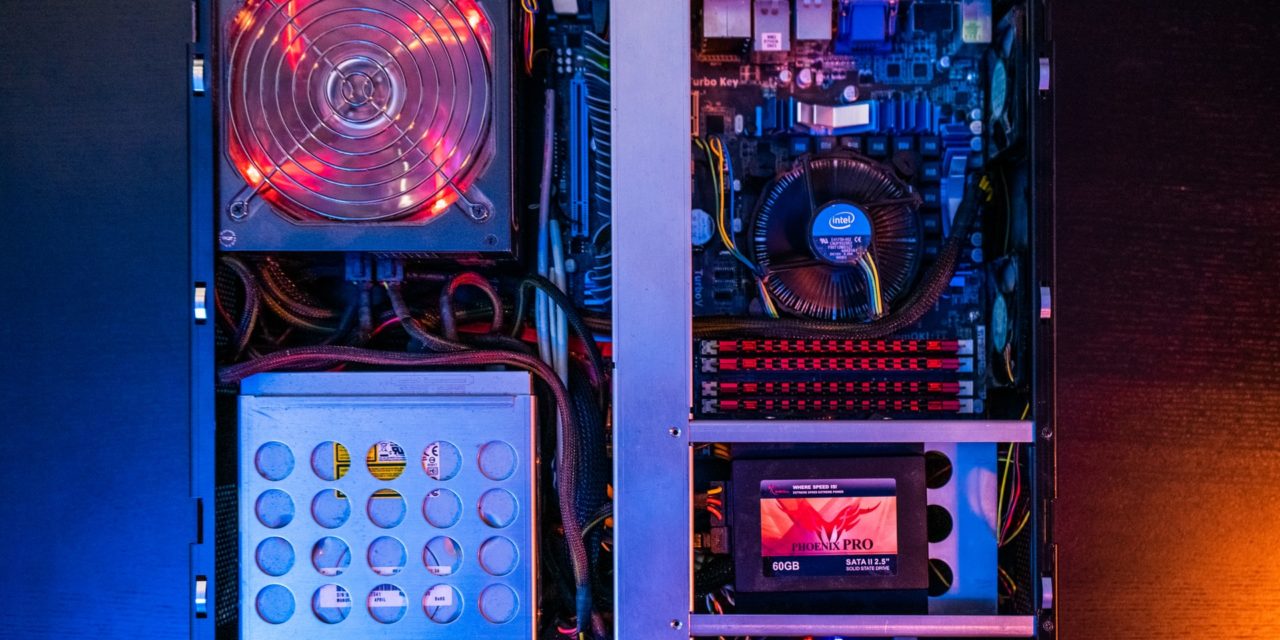[ad_1]
RAID 0 is a very popular RAID level that is not only used in servers, but it is also found in external storage devices such as external hard drives and network attached storage units (NAS). Manufacturers of external hard drives use RAID 0 to increase the storage capacity of their units to consumers. One example is the external hard drive manufacturer Lacie. Lacie uses RAID 0 in many of their products including the Lacie Big Disk Extreme and the Lacie Bigger Disk Extreme.
While RAID 0 has benefits, it is not fault tolerant. A disk failure in the array can cause complete data loss. This is due to the fact that RAID 0 uses a method called striping. Striping writes data in chunks of the same size across each member disk the array. All member disks in the array must be functioning in order to read the data properly. Most Server Administrators understand the dangers of RAID 0 and conduct frequent backups of their data, however many users of large capacity hard drives (such as the ones mentioned above) are unaware such units use RAID 0. These users are surprised to learn that a single disk failure can possibly render their data unrecoverable.
When a RAID 0 disk failure occurs, it is crucial to power off the server or storage device and contact a data recovery company. The failed hard disk must be repaired to its original state in order to recover data from the RAID 0 array. If more than one drive has failed, data recovery is possible but chances of recovery are decreased. To prevent data loss while using RAID 0 devices or servers running RAID 0, it is crucial to perform regular backups of the data.
[ad_2]
Source by Andrea Stone

